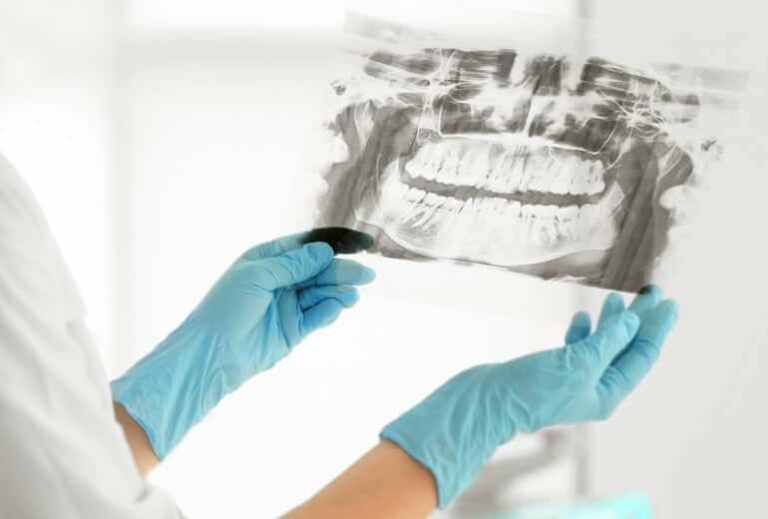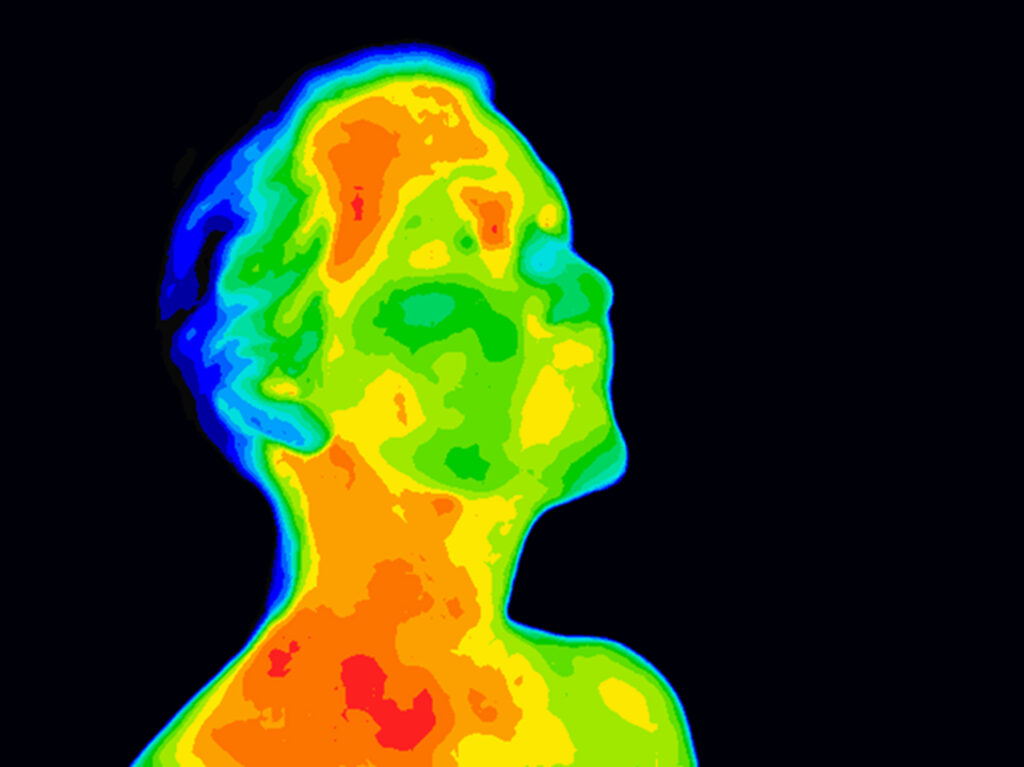Alternatives to Dental X-rays: How to See Inside Your Teeth Without Radiation

It is no big news that radiation is bad for the body. Dental X-Rays emit radiation, which is known to cause mutations in DNA. Mutations in DNA can cause cancer and other health problems; in fact, the link between X-rays and cancer is so strong, this type of radiation is classified as a carcinogen by the World Health Organization and the United States Government.
That being said, dental X-rays (also called radiographs) have been an important part of visualizing and diagnosing dental issues for over 100 years. A lot has changed in the last century, and it is time for the dental industry to get on board with alternatives to dental X-rays.
Importance of Seeing Inside Teeth
During routine check-ups, a number of dentists will assert that X-rays are necessary. Often this is because insurance companies will cover the cost every 6 months to a year. In reality, in the majority of situations, routine X-ray is overkill. Imaging is only necessary when a problem or concern is identified upon examination.
Currently, over 150 million dental X-rays are taken yearly in the United States alone. According to a 2016 UNCEAR report, dental X-rays accounted for up to one-third of the total amount of medical radiographs taken globally.

Imaging of some sort is important in achieving a more complete view of the mouth and identifying issues such as:
- Cavities (tooth decay)
- Impaction
- Cysts
- Tumors
- Jaw disorders
- Bone irregularities
- Unerupted teeth (teeth that are under the surface of the gums)
Visualization can also assist in preparing for dental procedures involving extensive cavities, root canals, dental implants or difficult extractions.
It is obvious that the ability to see the teeth is important in the field of dental medicine. And now, there are modern alternatives to dental X-rays, which are the old standard. These methods of imaging can serve the same diagnostic purpose without harmful radiation.
Searching for X-ray Alternatives in the Dental Industry
Understanding the importance of visualization, holistic dentists have struggled to find comparable ways to safely provide quality imaging without radiation. There are currently few options available, but promising new research is expanding both existing and forthcoming dental imaging technologies:
Near-Infrared Imaging
Near-Infrared imaging (NIR) technology has existed for over a decade, but is still new to the dental industry. The infrared light makes the tooth enamel appear transparent, while porous lesions or cavities trap the light, making them appear darker. The dentist is able to see through the tooth and visualize its structure.
NIR systems allow for higher resolution imaging in comparison to conventional dental X-rays. The technology displays subsurface cavities, including those around fillings. Tooth deformities such as fractures, crack and dissolving surface enamel are also visible, making NIR an important diagnostic tool.

Thermal Imaging
Using a heat map to identify potential problems is becoming more common in multiple areas of medicine. A “cold” area may mean that there is a lack of blood flow. A “hot” area indicates infection.
Thermal imaging allows dentists to target areas that may have impaction, infection or a root concern without radiation, as alternatives to dental X-rays.
Ultrasound
The use of ultrasound imagery as alternatives to dental X-rays has been in the works since 2008. The company, “S-Ray” has developed sonogram 3D image technology that shows the teeth, gums, fillings, cracks and more in color. The technology may also be able to create a digital impression, negating the need for putty molds of the mouth.
MRI
The majority of dentists do not utilize MRI technology in-house due to cost. Typically a technician specializing in that form of imaging is needed to operate the equipment. Oral surgeons looking for specific MRI findings, such as microcracks, are more likely to use the technology at this point.
Until there is a cost-efficient method of utilizing MRI in dental practices, it will continue to be an outsourced diagnostic tool. If your dentist needs X-rays for a specific diagnostic purpose, it may be appropriate to request a referral for an MRI.
Cone Beam Computed Tomography
CBCT has been used for over a decade by many “holistic” dentists. The technology is capable of providing clear 3D images of teeth, soft tissues, nerve pathways and bone all in a single shot. Though effective, this type of imaging is a bit controversial in the industry because it is not radiation-free. CBCT provides a more targeted digital X-ray than a traditional radiograph or CT scan, but it is still a zap of radiation.
Talking to Your Dentist About X Rays
It is important that you are comfortable discussing your concerns with the dentist you have chosen. Many traditional dentists will insist on X-rays. One way to approach this issue is to request that the oral examination is done first to evaluate if there is an actual need for radiographs, or if they can offer alternatives to dental X-rays. You also have the right to refuse them. Your health should be your primary concern as well as theirs.

Robyn Openshaw, MSW, is the bestselling author of The Green Smoothies Diet, 12 Steps to Whole Foods, and 2017’s #1 Amazon Bestseller and USA Today Bestseller, Vibe.
Find a holistic dentist near you, and see at a glance whether or not they offer X-ray alternatives, with the free Holistic Dentist Finder. We contacted all the dentists in the US who identified as biological, holistic, natural, or functional dentists, and asked them what services they offer, including imaging choices.

Disclaimer: This article may contain affiliate links, which allows you to support our mission (as well as demonstrate market demand for safer products) without costing you extra.
Sources:
1. United Nations Scientific Committee, Global Survey on Medical Exposure. May 2015 https://www.survey.unscear.org/lib/exe/fetch.php?media=unscear_user_manual_version_may2015.pdf
2. Health Effects of Exposure to Low Levels of Ionizing Radiation: BEIR V, 2006
3. D. Idlyatullin, M. Garwood, L. Gaalaas, D.R. Nixdorf. Role of MRI for Detecting Micro Cracks in Teeth, 2016. https://academic.oup.com/dmfr/article-abstract/45/7/20160150/7263872
4. G. Li, Imaging Sci Dent. 2013 Jun; 43(2): 63–69. Published online 2013 Jun 14. doi: 10.5624/isd.2013.43.2.63 https://www.ncbi.nlm.nih.gov/pmc/articles/PMC3691375/
5. K. Angelino, D.A. Edlund, P. Shah IEEE J Transl Eng Health Med. 2017; 5: 2300107. https://www.ncbi.nlm.nih.gov/pmc/articles/PMC5418067/
Posted in: Dental Health















